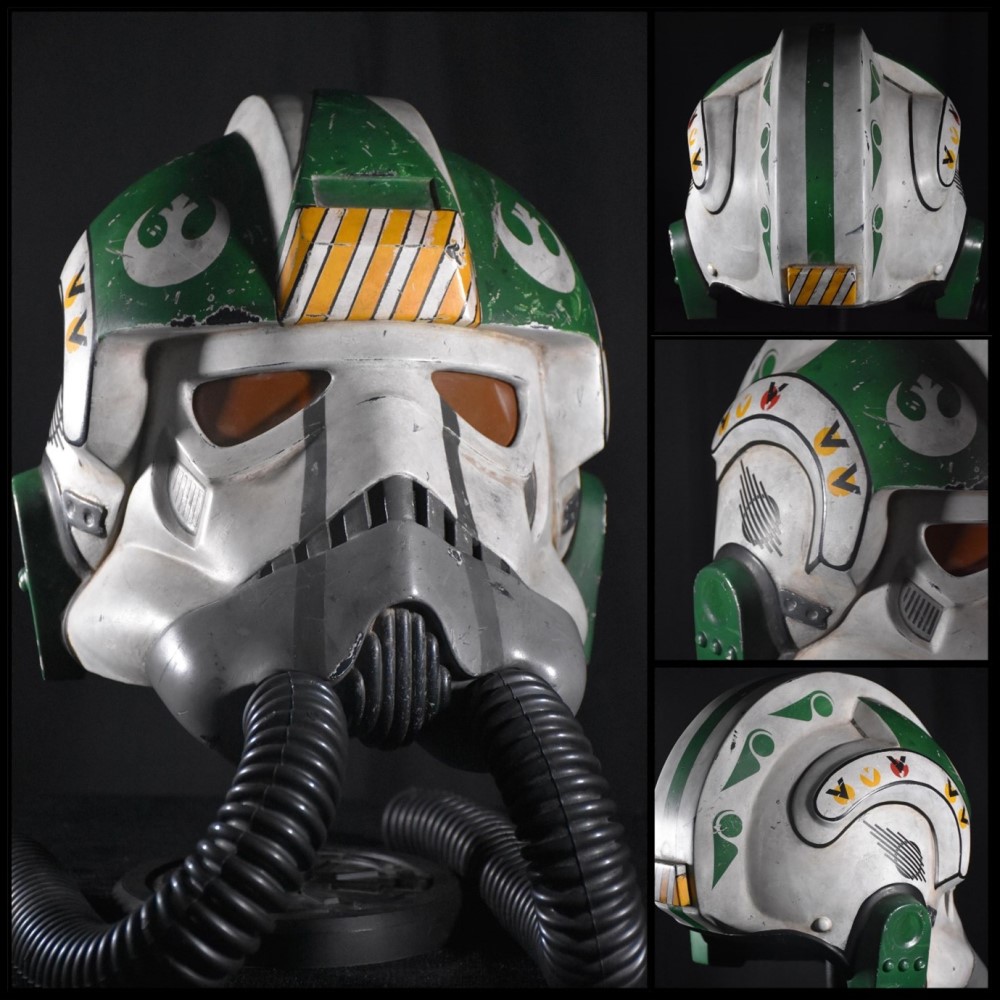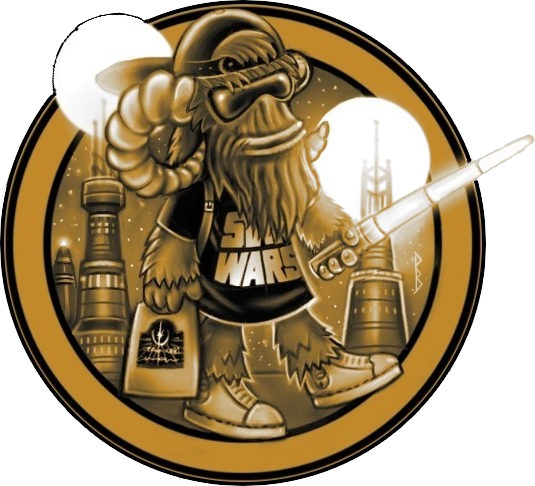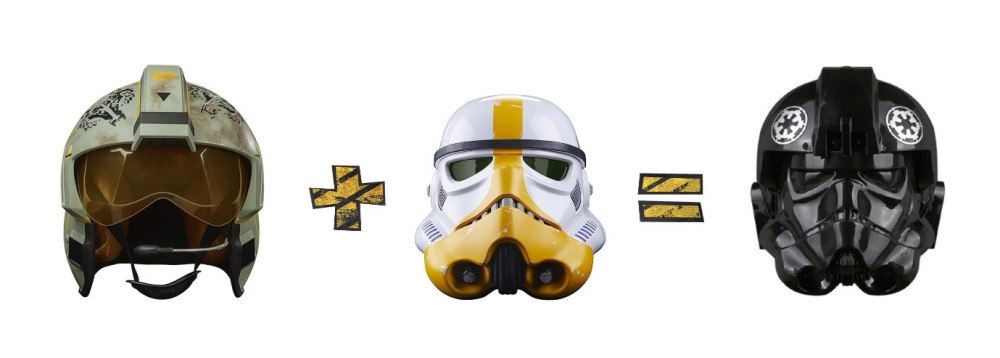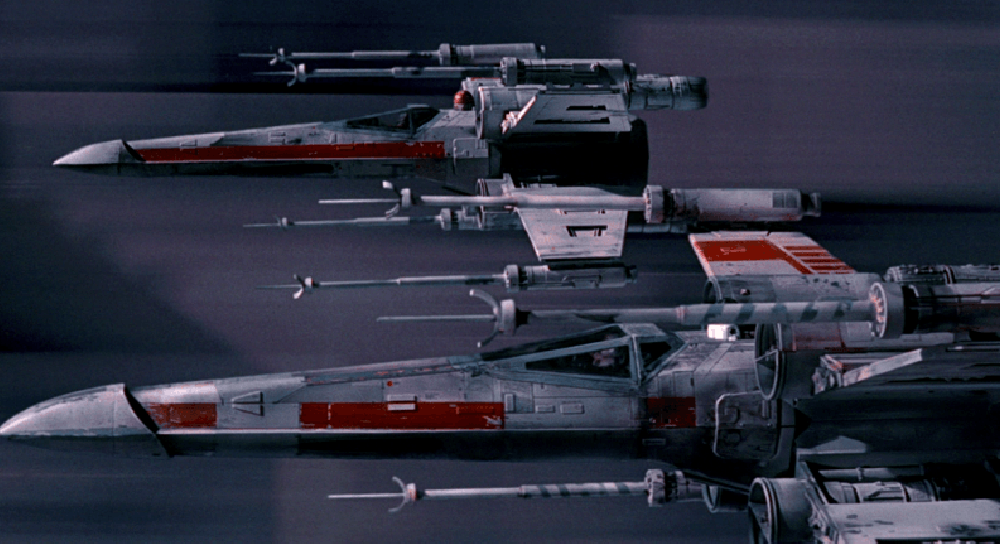Concept design, model kit bashing and the repurposing of real world military equipment; George Lucas’ creative team formed quite the formidable force when transforming his vision to the silver screen. I’ve been a Star Wars fan since queuing as a 5-year-old in Glasgow to watch the film, before we knew it as Episode IV A New Hope or that it would be a trilogy. My head isn’t a moon or a Death Star, but following a recent conversation with my good friend and fellow Star Wars aficionado Grant Allan, consider it blown.
I’ve thought of myself as a Star Wars fan for these past forty-six years, but I had never noticed that the Lucasfilm creatives had taken two of the franchises most iconic designs – the Rebel Pilot and Imperial Stormtrooper helmets – and combined them to create a third and fourth helmet, that of the TIE Fighter Pilot and AT-AT Drivery. Perhaps unlike the old dog and tricks adage, it appears you can teach an old Star Wars fan new trivia.
Given time to contemplate this new information, because not only is it a cool design trick, there could be some practical logic involved too.
X-Wings were originally designed as next generation fighters for the Empire, but were deemed too costly for an Imperial Navy which prized quantity over quality, especially when patrolling the vast expanses of the galaxy. Recruits were readily available and cheap, especially when credits provided funding for Emperor Palpatine’s strategy and the ultimate super weapon deterrent, the Death Star.
The X-Wing’s advanced technology provided pilots with an integrated cockpit life support system rendering personal life support systems redundant, while TIE-Fighter Pilot’s wore sealed helmet with fitted oxygen pipes and integrated flight suit life support. X-Wing’s also benefited from their own hyperdrive capability and Astromech accommodation for navigational space travel calculations. An X-Wing could travel further, quicker and independently compared to the Imperial TIE Fighter which was a short-range fighter dependent on deployment from platforms such as Star Destroyers or Death Stars.
 The X-Wing, while far lower in number given their prototype nature and economic constraints, provided pilots with a far superior fighter and onboard protection. It was everything a small rebel force would need to protect their finite equipment and pilot resource, balancing the scales when going toe-to-toe with a foe commanding expansive fleet firepower and backed up by the seemingly endless supply of a galaxy-wide enlistment programme.
The X-Wing, while far lower in number given their prototype nature and economic constraints, provided pilots with a far superior fighter and onboard protection. It was everything a small rebel force would need to protect their finite equipment and pilot resource, balancing the scales when going toe-to-toe with a foe commanding expansive fleet firepower and backed up by the seemingly endless supply of a galaxy-wide enlistment programme.
With a little administrative sleight of hand by Rebel sympathisers, the Rebel Alliances procurement of the X-Wing fighter was a much-needed boost for the cause, and the fact this advanced machine was funded by their Imperial overlords was a very welcome added bonus.
This helmet hybridisation has inspired some incredible fan art, check out this incredible Rebel TIE Fighter Pilot helmet from LabArmor. You can see more of this prop armour artists beautiful work via his Instagram page.
- Hardcover Book
- DK (Author)
- English (Publication Language)
- 144 Pages - 12/05/2023 (Publication Date) - DK (Publisher)





